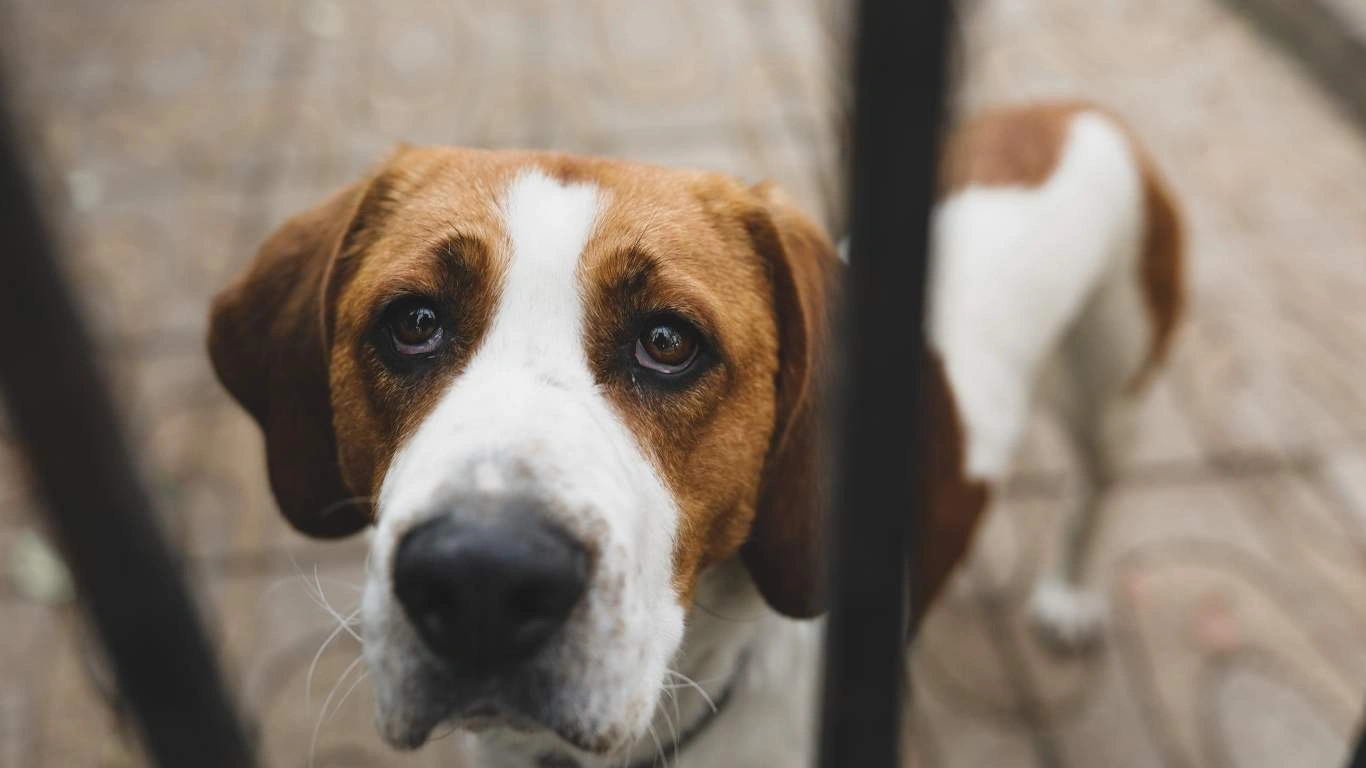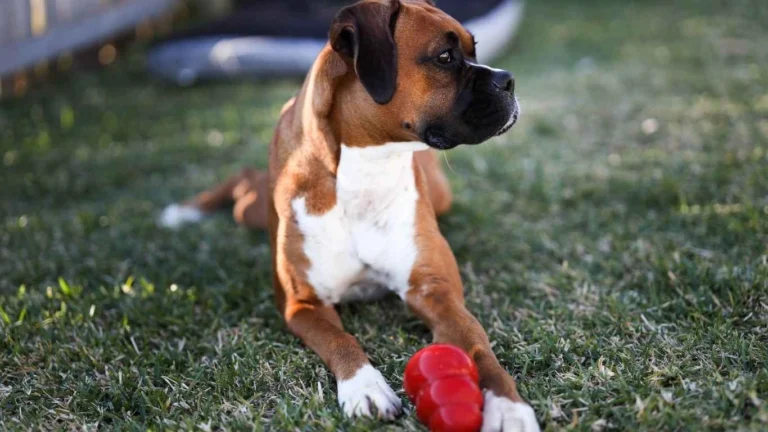Best Dog Food to Improve Coat Shine: Transform Your Pup’s Appearance
If you’ve ever run your hand over a dog’s coat and thought, “Wow, this pup could model for a shampoo ad,” you already know how striking a healthy, shiny coat can be. On the flip side, as someone who’s worked hands-on in shelters and clinics, I’ve seen too many dogs come in with dull, flaky, brittle fur — and trust me, it’s not just about aesthetics. A dog’s coat is like a health barometer, and diet plays a huge role in what that coat looks and feels like. That’s why when pet parents ask me about the best dog food to improve coat shine, I get a little passionate. Because I’ve seen firsthand what a difference good nutrition makes — and not just in fur, but in energy, skin condition, and overall demeanor.
Why Coat Shine Matters More Than You Think
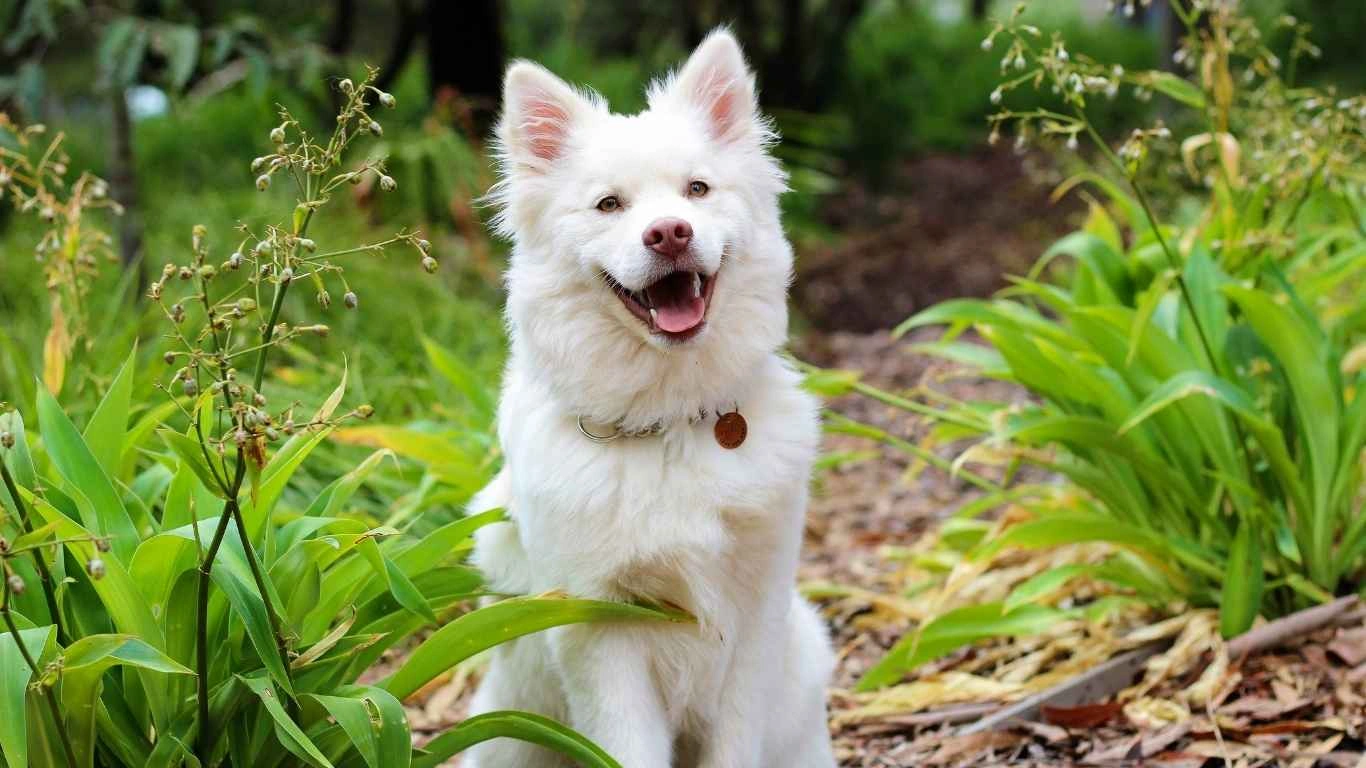
We often treat a shiny coat like a beauty bonus, but it’s way more than that. A glossy, smooth coat is a sign of proper internal health, just like bright eyes and clean teeth. When the skin and coat are in poor condition, it can be a red flag for nutritional deficiencies, allergies, or even underlying illnesses.
Back when I was working the intake area of a local animal shelter, we used coat condition as a quick indicator of whether a new dog might need medical attention or dietary help. Dry, brittle hair? It was usually either poor-quality food or something deeper. But the good news? Most often, improving the food made a massive difference — and fairly quickly, too.
Coat Health Starts in the Bowl
Food is fuel — and for dogs, it’s also skincare. Think of it this way: if your pup is eating kibble that’s loaded with fillers, preservatives, or lacking in real nutrients, it’s kind of like us living off instant noodles 24/7. Sure, it fills the belly, but you’re not going to be glowing from the inside out.
To really nourish that coat, your dog’s food needs to bring in the right building blocks. We’re talking:
- High-quality proteins — for hair strength and growth
- Omega-3 and Omega-6 fatty acids — for moisture and shine
- Zinc and B vitamins — for healthy skin and follicle support
I remember one sweet old Labrador, Max, who came in with dry patches and a wiry coat that felt more like straw than fur. His previous diet? Generic bargain-brand kibble with corn as the first ingredient. After switching him to a salmon-based formula rich in omegas, I swear, in a few weeks he looked like a different dog — people would stop to pet him and comment on his velvety coat. The transformation was unreal.
What Ingredients Actually Help the Coat Shine?
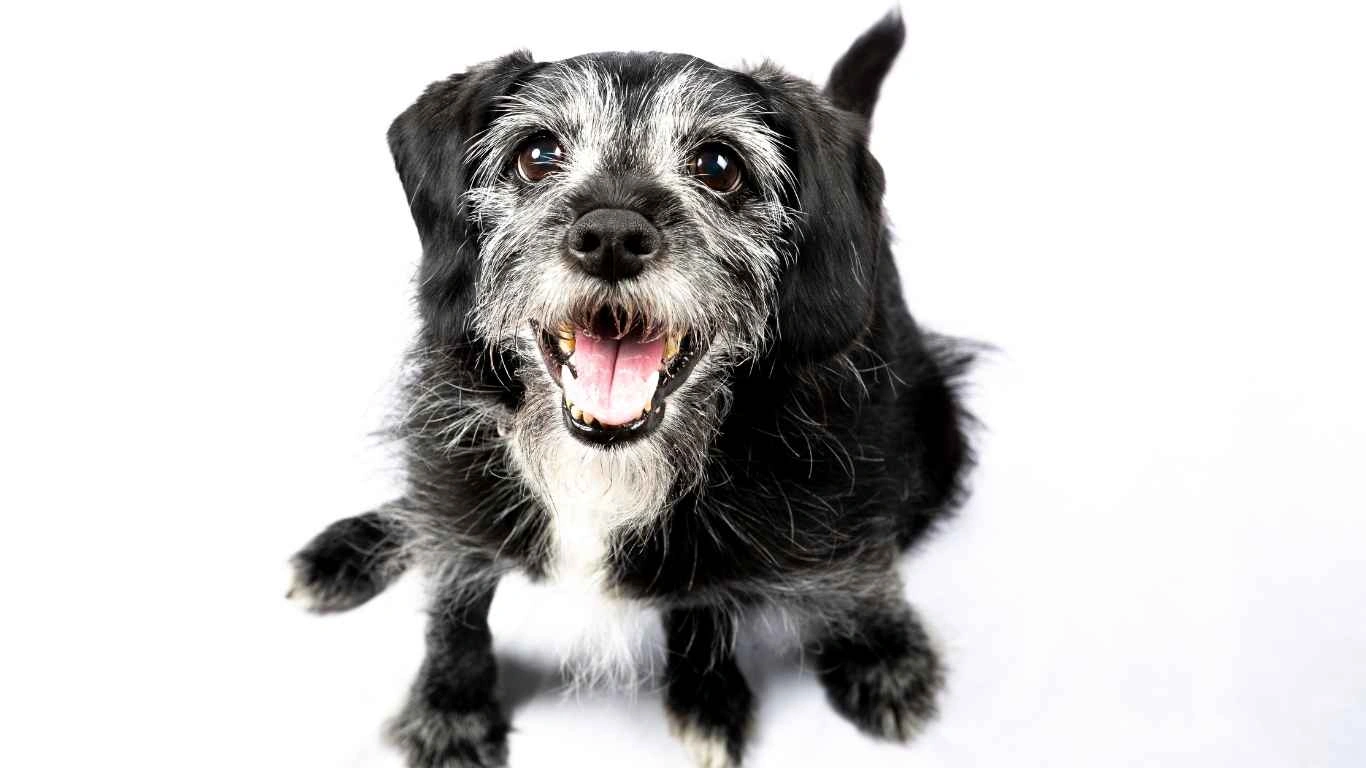
When you’re scanning those food labels, it helps to know which ingredients are actually going to boost that glow. It’s not just marketing fluff — certain components truly make a difference. Here’s a cheat sheet based on what I’ve seen work over the years:
- Salmon, sardines, and anchovies: Natural sources of omega-3s and protein
- Flaxseed and chia seeds: Plant-based omega boosters and fiber sources
- Sunflower oil or chicken fat: Packed with omega-6 fatty acids for that glossy finish
- Sweet potatoes and pumpkin: Rich in beta-carotene and vitamins A & C for skin health
- Biotin and zinc supplements: Often added to premium foods for coat strength
Sometimes I’d have owners tell me, “But I’m already giving him good food!” And when we’d dig into it, we’d discover the protein was low-quality, or the omega content was barely there. It’s not just about feeding a ‘premium’ brand — it’s about what’s actually inside the bag.
How to Choose the Best Dog Food to Improve Coat Shine
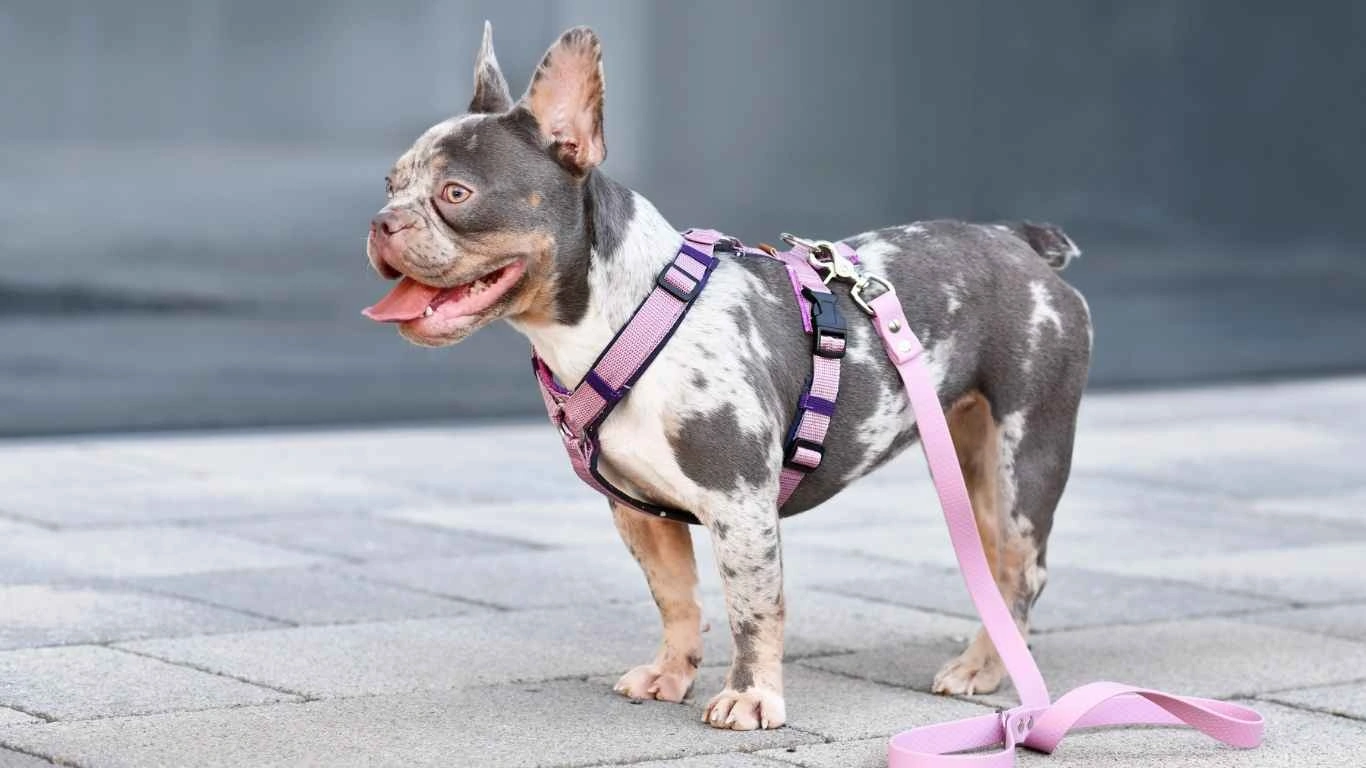
Okay, so you’re standing in the dog food aisle or scrolling online, trying to pick from dozens (hundreds?) of options. It can be overwhelming — I get it. I’ve helped so many clients navigate this and here’s the breakdown I usually give:
Look for:
- Named animal proteins as the first ingredient — chicken, beef, salmon, etc.
- Omega-rich ingredients — like fish oil or flaxseed high on the list
- No artificial dyes or preservatives — they can irritate skin
- Added vitamins and minerals — especially zinc, biotin, and B12
Try to avoid:
- Meat by-products or unnamed meals — mystery meat equals mystery results
- Excess fillers — corn, soy, and wheat are cheap and often cause irritation
- Excessive carbs — too many can lead to inflammation and dullness
One tip I always share: if your dog’s shedding like crazy or constantly itchy, don’t jump to medications right away. First, take a hard look at what’s going in the bowl. Nine times out of ten, I’ve seen dogs perk up and stop scratching just from changing their food. Seriously.
Top Dog Food Brands That Actually Deliver on Shine
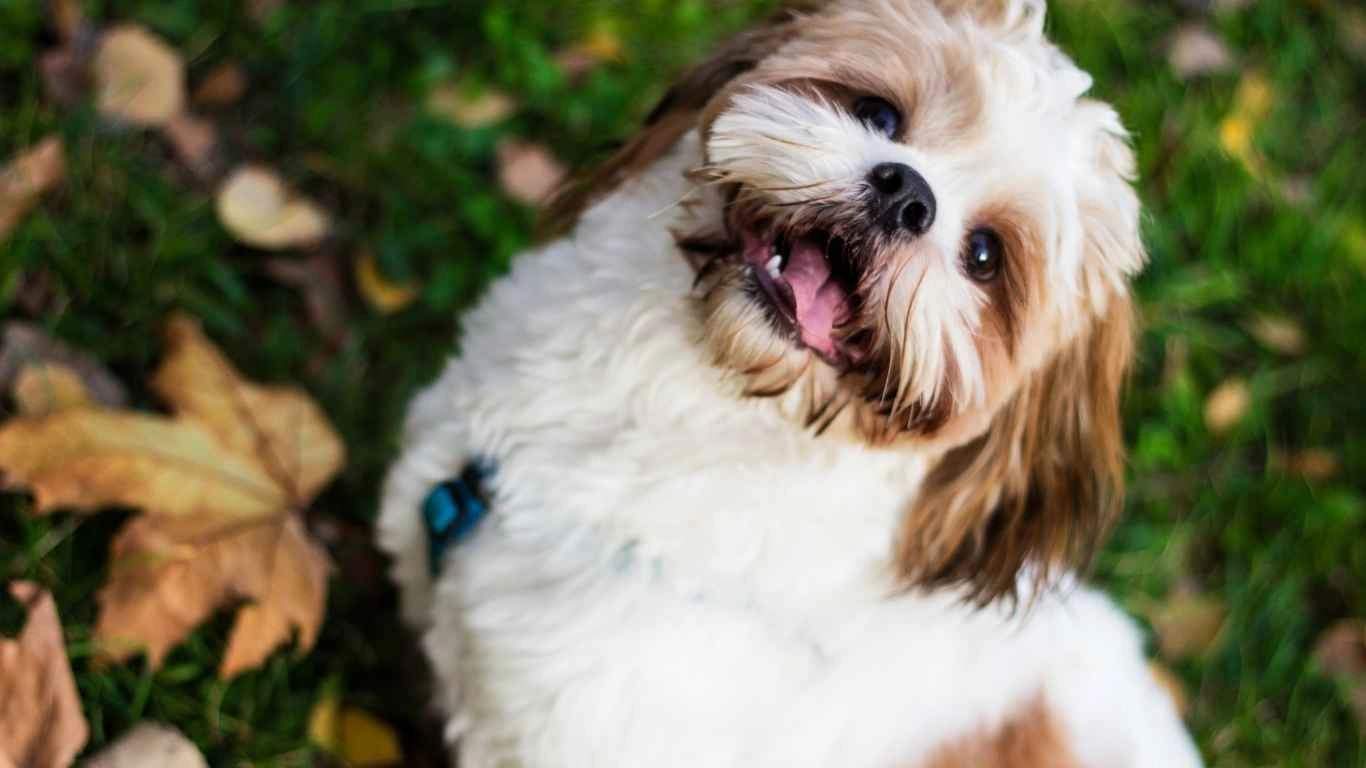
Now that we’ve talked about what to look for in ingredients, let’s get into the brands that, in my experience at the clinic and shelter, actually walk the talk. These are the names I found myself recommending over and over again — not because they had flashy ads, but because I saw real results in real dogs.
1. Orijen Six Fish
This one’s a standout for coat health. It’s packed with multiple sources of omega-rich fish like mackerel, herring, and sardines. Plus, it doesn’t skimp on high-quality protein. I had a Border Collie in foster care who looked like he hadn’t had a proper bath in months — dull fur, dry skin, flakes everywhere. After 3 weeks on Orijen, his coat had a visible sheen, and even his itchy patches cleared up. Seriously, it was wild.
2. Acana Pacifica
Another excellent option if you’re leaning toward fish-based diets. It’s rich in Omega-3s and has limited ingredients, so it’s great for dogs with sensitivities. And honestly? It smells a bit like you walked into a fish market — which means it’s working. The coat shine this food brings on is legit.
3. The Honest Kitchen (Dehydrated Whole Food)
Not every pup thrives on kibble. For dogs with sensitive stomachs or who need a little variety, The Honest Kitchen offers real, whole food in a dehydrated form. Just add warm water. One of my favorite cases? A senior Yorkie who had been struggling with flaky skin for years. We switched her to Honest Kitchen’s turkey recipe, and her dull grey fuzz became silky white fur again. Her energy came back too!
4. Zignature Trout & Salmon Meal
Formulated for limited ingredients and packed with fish proteins, Zignature is a solid choice if you want shine without common allergens. I’ve recommended this for dogs with food intolerances, and the results were great — less itching, more luster.
5. Open Farm Wild-Caught Salmon
This one checks a lot of boxes — ethically sourced ingredients, high omega content, and transparency (you can trace every ingredient!). It’s a brand I personally trust and one I’ve seen perform well, especially in shelter dogs transitioning to a stable diet.
Raw Diet vs. Kibble: Which Is Better for Coat Health?
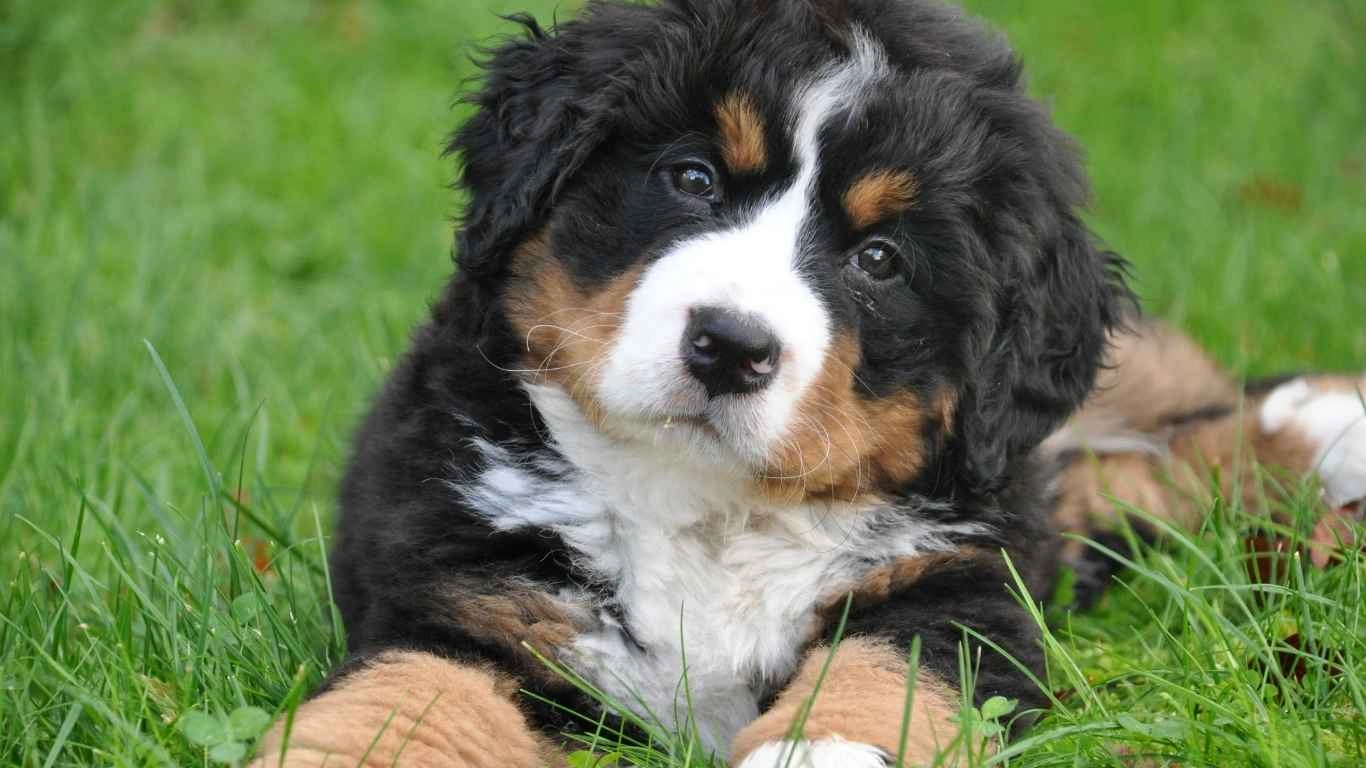
This is the question that comes up all the time: “Should I switch to raw if I want my dog to have a shiny coat?” The answer? It depends. Raw can be amazing — but only if it’s done right. I’ve worked with both success stories and horror stories.
The Pros of Raw
- High bioavailability: Dogs absorb more nutrients from fresh, raw meats and organs
- Omega-rich fats: Especially if the diet includes raw fish or fish oil
- Cleaner ingredients: No fillers, no by-products, no synthetic stuff
Some of the shiniest coats I’ve seen were on raw-fed dogs, no doubt. There was a German Shepherd named Diesel who had a dull, wiry coat on commercial kibble. After his owner transitioned him to a balanced raw plan (with a vet nutritionist’s help), his fur became silky and luxurious — almost plush-like. That said, raw isn’t a magic fix.
The Cons of Raw
- Hard to balance: Nutritional imbalances can sneak in fast without proper formulation
- Storage & prep: Raw diets require freezer space and daily handling
- Risk of contamination: Especially for immune-compromised pups or households with young kids
Bottom line? If you’re interested in raw, do your homework or talk to a pet nutritionist. There are also commercial raw and gently cooked options that make it easier to get the benefits without risking imbalances.
How to Safely Transition Your Dog’s Food for a Shinier Coat
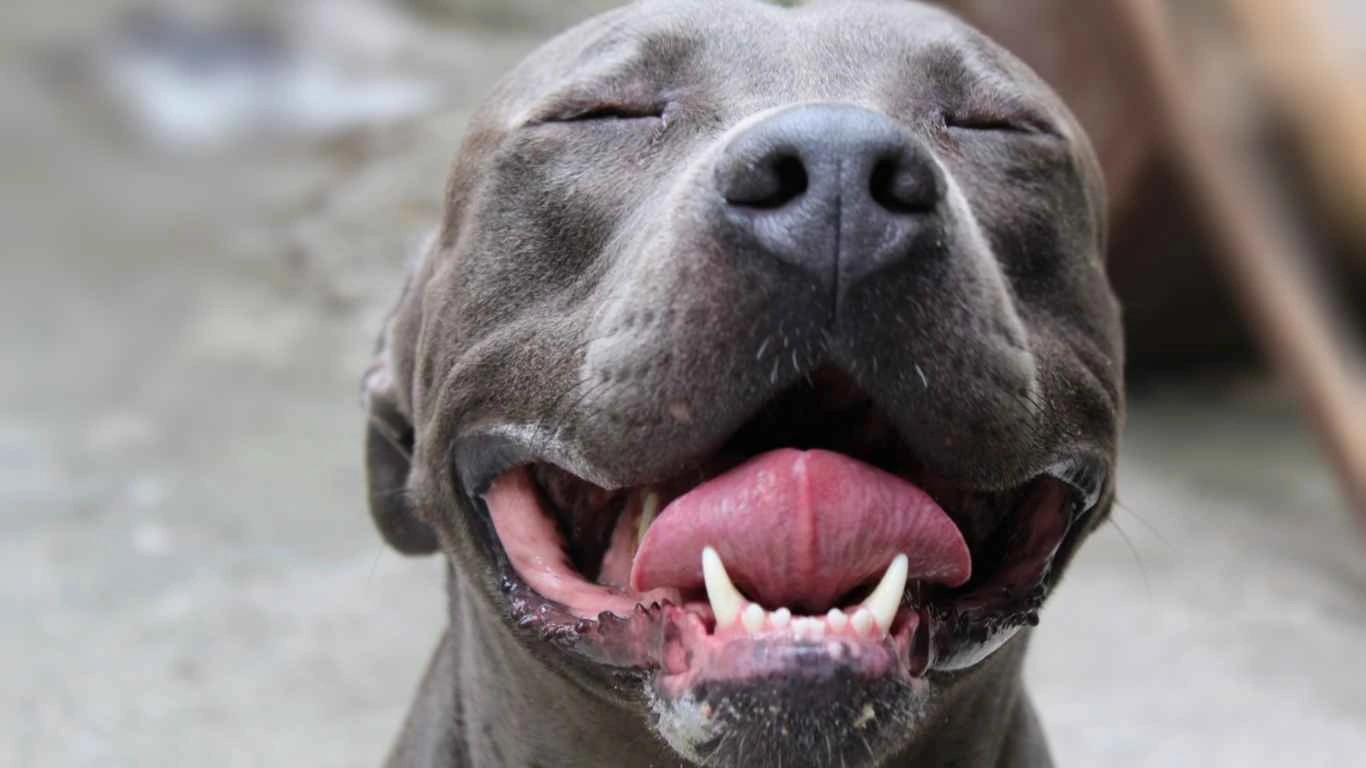
If you’re thinking of upgrading your pup’s food to something that supports skin and coat health, don’t just switch overnight. I’ve seen more dogs than I can count end up with upset tummies because someone changed their food too fast — and trust me, nobody enjoys cleaning that up.
Here’s how I usually guide pet parents through a transition:
- Day 1–2: 75% old food, 25% new food
- Day 3–4: 50% old food, 50% new food
- Day 5–6: 25% old food, 75% new food
- Day 7+: 100% new food
It’s not just about digestion — a gradual shift also helps your dog mentally accept the new flavor and texture. And keep an eye on their poop (yep, I said it). Stool quality is a great sign of whether a new food is agreeing with their system.
If you’re switching to a food with higher fat or protein content — which most coat-enhancing formulas tend to have — some dogs might have looser stools at first. That’s normal! Just keep them hydrated and go slow.
Bonus Tip: Add Healthy Toppers
If you’re not ready for a full switch, you can still boost coat health by adding healthy “toppers” to your dog’s current meals. A few of my favorites from clinic days:
- Sardines (in water, no salt) — packed with Omega-3s
- Raw or cooked egg — the yolk helps with shine
- Pumpkin puree — good for digestion and skin
- Unrefined coconut oil — a teaspoon goes a long way
Sometimes a small tweak like this can start showing results in just a few weeks. And let’s be real, dogs love it — I’ve seen many a picky eater dive into their bowl just because of a little sardine action!
Common Coat Issues That Diet Alone Might Not Fix
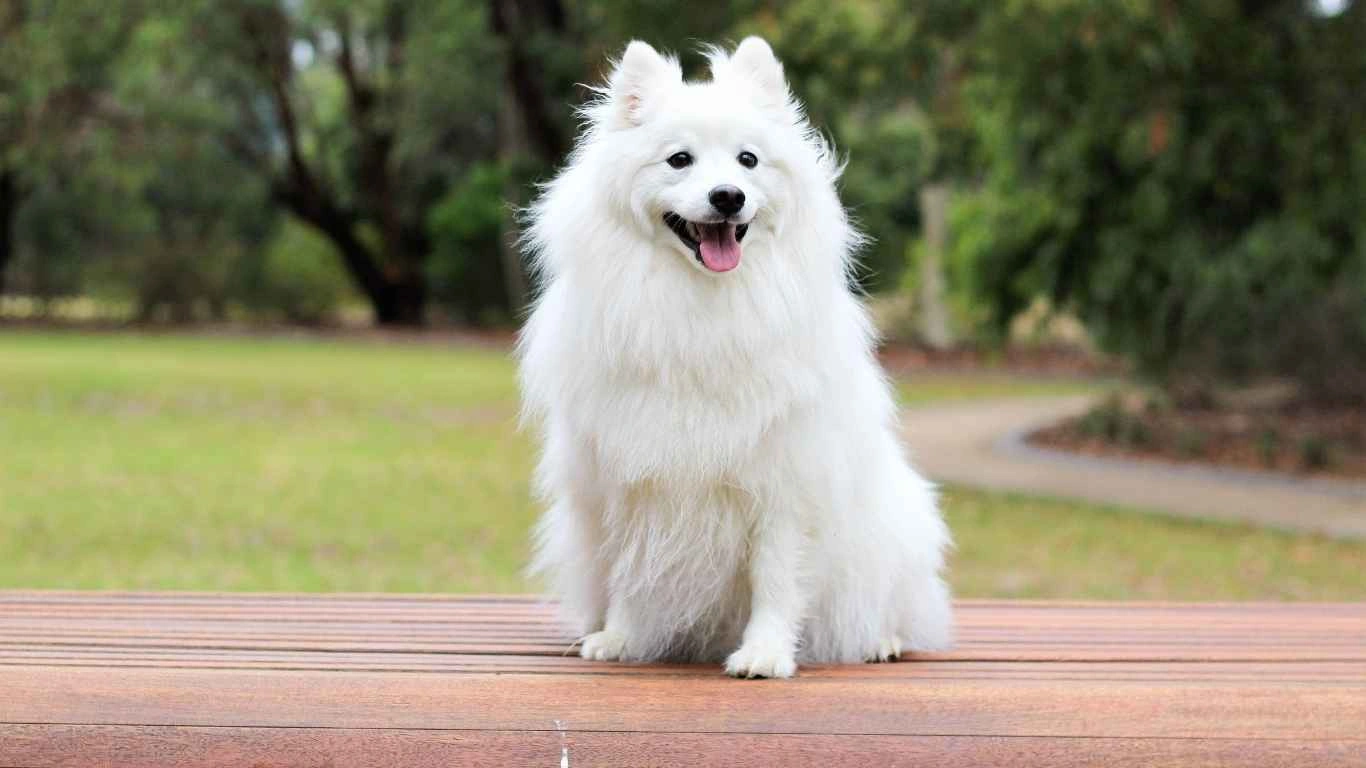
Alright, let’s get real for a second — even if you’re feeding the best dog food to improve coat shine, there are times when food alone won’t completely fix the issue. I say this from experience. I’ve worked with dogs whose diets were squeaky clean and still had dull coats or bald patches. That’s usually a red flag for something deeper.
- Allergies — Whether it’s food-based (like chicken or grains) or environmental (like pollen), allergies wreak havoc on a dog’s skin and fur.
- Parasites — Fleas, mites, or mange can make even the healthiest coat look a hot mess.
- Hormonal imbalances — Conditions like hypothyroidism or Cushing’s disease can cause serious coat thinning or loss.
- Stress and anxiety — Just like humans can lose hair from stress, so can dogs. I’ve seen it more than once in rescue pups adjusting to new environments.
If you’ve upgraded your dog’s diet and still aren’t seeing results after a few months, please talk to your vet. Nutrition is powerful, but it’s not magic. You want to rule out any underlying issues that might be holding back your dog’s glow-up.
Supplements That Actually Work (And Ones That Don’t)

Supplements can be a game-changer — if you pick the right ones. I’ve seen coat improvements just from adding the right oils or vitamins to a dog’s meal. But I’ve also seen people waste money on powders and pills that did absolutely nothing. So here’s a breakdown based on what I’ve recommended (and used) over the years:
Worth Trying:
- Fish oil (especially salmon or krill oil): Rich in EPA and DHA — great for reducing inflammation and boosting shine
- Biotin: Helps with hair strength and prevents shedding — especially for long-haired breeds
- Zinc: Important for skin cell regeneration and immune health
- Probiotics: A healthy gut means better absorption of nutrients, which can reflect in the coat
Probably Not Worth It:
- Generic “skin and coat” tablets: Often under-dosed or packed with fillers
- Multivitamins (unless prescribed): Too much of a good thing can backfire — like vitamin A toxicity
One tip? Always go for vet-approved or high-quality brands, and check the dosage. Don’t just toss a human capsule in your dog’s food. More isn’t always better — I had one case where a client gave their dog too much zinc and it caused digestive upset and vomiting. Stick to dog-specific formulations and follow the label or your vet’s advice.
Simple DIY Additions to Boost Shine Naturally
Let’s say you’re on a budget or your dog’s on a limited diet and you don’t want to fully switch foods. No worries — I’ve seen a lot of success with these little DIY add-ons you can mix right into their current meals. Budget-friendly, accessible, and dogs love ‘em.
My Favorite Home Add-Ins:
- Raw egg (1–2 times a week): Full of amino acids, vitamins, and healthy fats
- Unrefined coconut oil: A teaspoon or two a few times a week helps with skin and coat softness
- Sardines in water (no salt): Tiny but mighty — packed with Omega-3s and easily digestible
- Pumpkin puree: Helps digestion, which in turn helps coat health — a win-win
I still remember this scrappy Terrier mix named Bingo — he came in with skin that looked almost scaly. His foster mom started mixing in half a boiled egg and a spoon of coconut oil every other day, and within a month, he had the cutest fluff and tail wags for days. Food really is that powerful.
Signs Your Dog’s Food Is Actually Working
So how do you know your new food (or new routine) is working? You’ll see subtle signs first — and those are just as important as the big flashy ones.
Look for improvements like:
- Softer, less brittle coat
- More shine — especially visible in sunlight
- Less flaking or dandruff
- Reduced shedding (after initial detox period)
- Better breath and more regular stools — weird, but true!
Give it 6 to 8 weeks, and take photos along the way. Trust me, it’s wild how much transformation you’ll see when you compare before-and-after shots.
Final Thoughts from the Clinic Floor
If there’s one thing I’ve learned working in shelters and clinics, it’s that dogs are incredibly resilient — and their bodies respond beautifully to proper care. Feeding the best dog food to improve coat shine isn’t just about surface-level beauty. It’s about helping your pup feel good from the inside out.
Whether you’re feeding raw, kibble, or something in between, the real magic happens when we stop just feeding our dogs — and start nourishing them.
References
Disclaimer
This content is based on personal experience as an Animal Care Specialist and is intended for informational purposes only. Always consult with your veterinarian before making major dietary changes or adding supplements to your dog’s routine. Every dog is unique — what works for one may not work for another.
